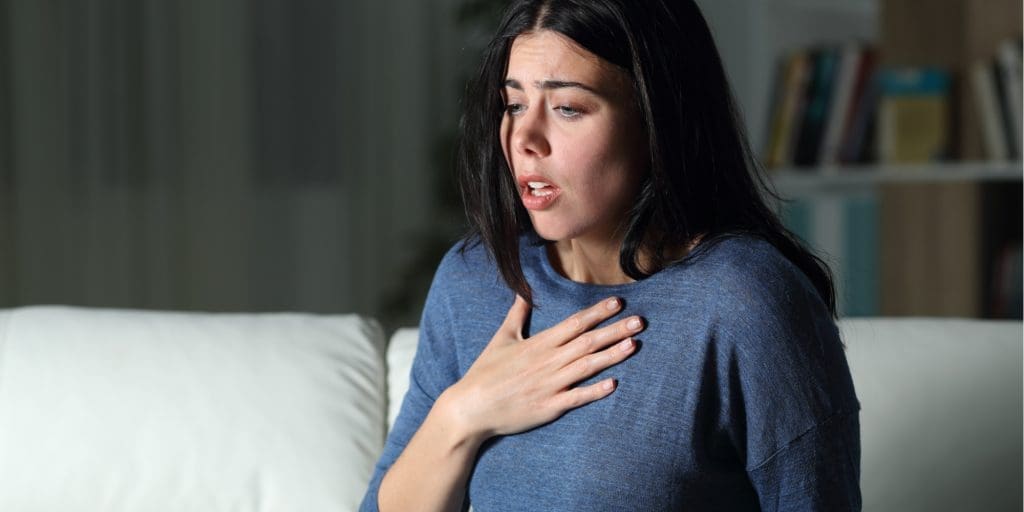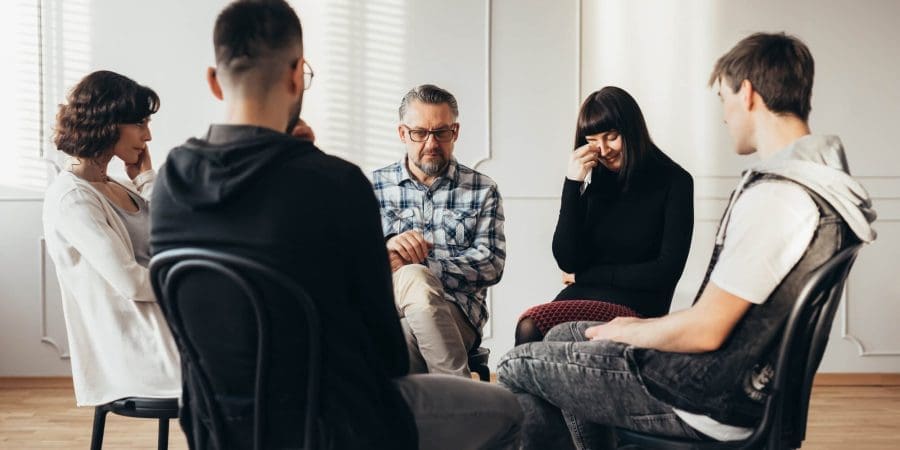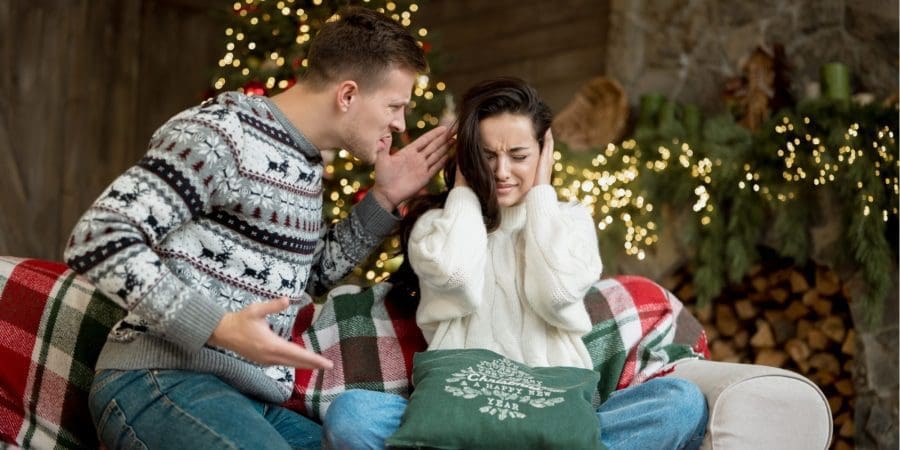It’s not uncommon for everybody to experience anxiety every so often. Things like moving, getting a new job, socializing in the COVID-19 pandemic, things like this are all situations that could cause some nerves. But when those nerves or worries turn into something more persistent and pressing, there could be underlying issues of anxiety. And spreading information about anxiety awareness is key to helping people get help.
Today, we’re sharing crucial information about anxiety disorders and symptoms. Through this educational resource, you will learn exactly what anxiety is, the symptoms of different anxiety disorders, and, most importantly, what to do if you are currently struggling with anxiety.
What Is Anxiety?

According to the U.S. National Library of Medicine, anxiety is usually defined as feelings of panic, uneasiness, or being on edge. Having anxiety is normal on occasion and can even be a good thing—in fact, nervousness can steer you away from making poor or dangerous decisions.
In some cases, there are conditions that may have anxiety as a symptom, such as hyperthyroidism or going through alcohol and drug withdrawal. Other mental health conditions like bipolar disorder and obsessive compulsive disorder (OCD) often have anxiety as a symptom as well, but they are distinguished by other dominant symptoms that do not just involve feelings of anxiety.
When anxiety is a feeling that people have all the time or something that is constantly recurring, it can be the first sign of an anxiety disorder. The National Alliance on Mental Illness (NAMI) reports that anxiety disorders are extremely common in the United States, with over 40 million American adults experiencing symptoms of anxiety each and every year.
The exact cause of anxiety disorders is typically a combination of genetic and environmental factors. This means that anxiety disorders can be passed down between generations. Additionally, experiencing trauma, abuse, co-occurring substance abuse, or being part of a vulnerable demographic can all contribute to the risk of developing an anxiety disorder.
The essential difference between feeling anxiety and having an anxiety disorder is that the feeling of anxiety is temporary whereas anxiety disorders are long lasting, disruptive to one’s daily routine, and are often accompanied by other mental health symptoms. There are a few different types of anxiety disorders, including but not limited to:
- Generalized anxiety disorder (GAD)
- Panic disorder
- Phobias
Each anxiety disorder has its own symptoms and will range in severity depending on the person. But one thing is present in each of these disorders: chronic worrying. So, now that you understand anxiety disorders, let’s talk about anxiety awareness and why it’s worthwhile.
Why Does Anxiety Awareness Matter?
One of the main goals of anxiety awareness is to help people understand if they might have an anxiety disorder. This begins by looking closer at the symptoms of anxiety disorders. Though the signs of anxiety disorders can vary depending on the person, typical acute anxiety symptoms usually present as:
- Persistent worries
- Spiraling thoughts
- Feeling irrationally unsafe
- Dreading certain situations
- Rapid heart rate
- Nausea or stomach ache
- Changes in sleeping patterns
- Avoiding emotional triggers
Having untreated or undiagnosed anxiety disorders can lead to more serious issues as well. Unfortunately, many people who experience anxiety without the right support or treatment often turn to unhealthy coping mechanisms to push through their discomfort. This includes drinking or using drugs to numb the worries temporarily. However, this does not solve the root of the problem, and these behaviors can actually make it much more challenging to recover from anxiety and co-occurring substance use disorders.
Anxiety awareness doesn’t just aim to help people understand if they might be struggling with this condition—it is also useful to assist in providing the right anxiety resources to those in need. Luckily, there are treatment options out there for people who are ready to heal from any mental health struggles.
Where Can You Get Anxiety Awareness Support?

The best anxiety resources come from programs and services that are prepared to help patients with all different types of mental health struggles. In a psychiatric program, for example, treatment begins with a plan that is catered specifically to your needs and recovery goals. This means that if you have anxiety as well as other mental health concerns such as depression or even suicidal ideation, your treatment plan will work to help you heal from all pressing symptoms.
Moreover, treatment for anxiety should include person-centered therapy. This means that your treatment is focused on your experiences. But recovery doesn’t just happen alone. Instead, your treatment plan will link you with a mental health professional who will walk through your individualized therapy as well as facilitate group sessions so that you can meet others who understand exactly what you are going through.
Lastly, the most effective anxiety resources prepare you for life outside of your treatment program. With skill-building therapy sessions and the community of support you will create throughout treatment, you will have the resources you need to successfully manage your anxiety throughout all of life’s ups and downs. Maybe one day you can even join the campaign for anxiety awareness to help others see all of the benefits to mental health recovery.
Ready for Anxiety Treatment? Find Help in Ohio
If you suspect that you might have an anxiety disorder or other mental health concerns, Ridgeview Hospital is here to help. We are a mental health facility based in Middle Point, Ohio that offers around-the-clock care to our patients. We believe that anxiety awareness starts with a conversation—from there, anything is possible, especially when it comes to recovery.





















